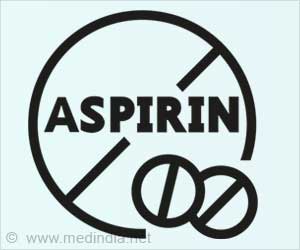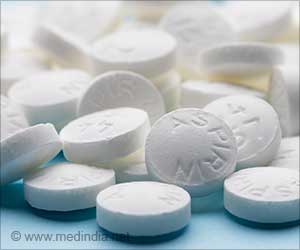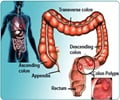Examining low-dose aspirin's efficacy in preventing strokes among the elderly and its potential risks. Does the benefit outweigh the bleeding risks?
- The ASPREE (Aspirin in Reducing Events in the Elderly) trial found no significant reduction in ischemic stroke with low-dose aspirin among older adults
- Aspirin recipients had a higher incidence of intracranial bleeding, mainly from subdural, extradural, and subarachnoid bleeding
- The findings suggest a need to re-evaluate aspirin's role in primary stroke prevention for the elderly, especially those prone to head trauma
Low-Dose Aspirin and the Risk of Stroke and Intracerebral Bleeding in Healthy Older People
Go to source).
Intracranial Bleeding vs. Ischemic Stroke Prevention
For the older populace, the efficacy of low-dose aspirin in preventing ischemic stroke is juxtaposed with a concerning increase in the incidence of intracranial bleeding. The ASPREE randomized clinical trial sought to shed light on this balance. Conducted among 19,114 older adults without symptomatic cardiovascular disease living in Australia or the US, the study sought to measure the incidence of ischemic stroke and intracranial bleeding among participants on a daily regimen of 100-mg low-dose aspirin, as compared to those on a placebo. The study spanned between 2010 and 2014, with participants being observed for an average of almost five years.Aspirin Helps in Stroke Reduction but Increases Bleeding Risks
The outcomes were quite telling. There was no discernible statistical reduction in the incidence of ischemic stroke among the aspirin group. This meant that aspirin's widely acknowledged benefit, in this case, did not significantly manifest.More concerning, however, was the significantly higher occurrence of intracranial bleeding among the aspirin recipients. 1.1% of the participants on aspirin experienced this adverse effect, compared to 0.8% in the placebo group. A further breakdown revealed that the increase in intracranial bleeding arose mainly from a combination of subdural, extradural, and subarachnoid bleeding. Moreover, the incidence of hemorrhagic stroke was also marginally higher in the aspirin group.
Reconsidering Aspirin for Primary Prevention of Stroke
The implications of the study are profound. For older adults, particularly those susceptible to head trauma, the use of daily low-dose aspirin may pose more risks than benefits. The significant rise in intracranial bleeding cases, when viewed in the context of no evident reduction in ischemic stroke, challenges the role of aspirin as a primary preventive measure for stroke in older people.Moreover, for older individuals prone to falls or other forms of head trauma, this risk of bleeding is even more pertinent. Intracranial bleeding can lead to severe outcomes, including death, particularly in the elderly.
The promise of a medication that can effectively ward off the specter of stroke is undeniably attractive. But the ASPREE study underscores the importance of a holistic evaluation of any treatment's benefits and risks. While aspirin remains a crucial drug in many therapeutic settings, its use as a primary preventive measure for stroke among the elderly might need reconsideration.
For healthcare providers, the takeaway is clear. When prescribing low-dose aspirin to older adults for primary prevention of stroke, the potential risk of intracranial bleeding must be weighed carefully against the potential benefits. And for patients, it's a reminder that regular consultations with healthcare professionals are essential to ensure that their medication regimens remain both safe and effective.
Reference:
- Low-Dose Aspirin and the Risk of Stroke and Intracerebral Bleeding in Healthy Older People - (https://jamanetwork.com/journals/jamanetworkopen/fullarticle/2807630)














